A gala that is focused on helping the homeless by throwing this event. This event will include the mayor of Los Angeles as they discuss meeting this problem head on.
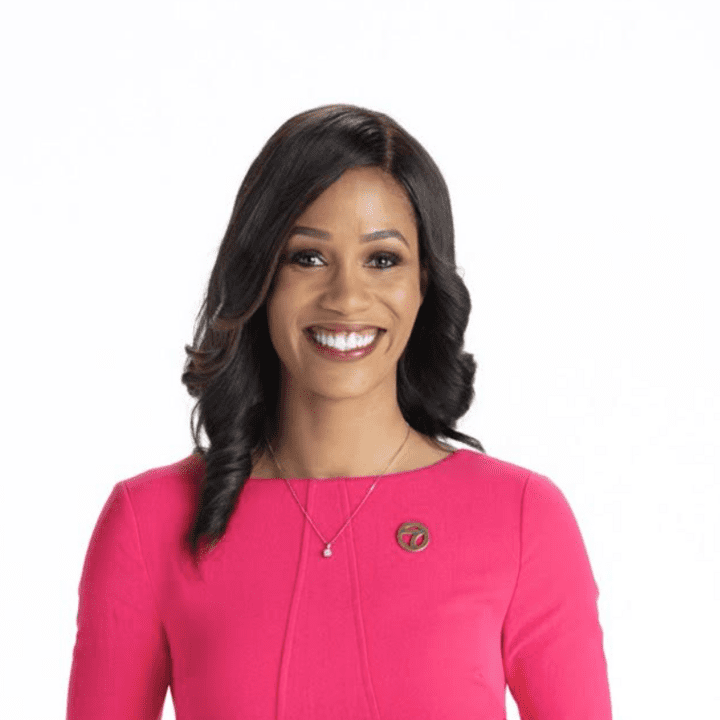

A gala that is focused on helping the homeless by throwing this event. This event will include the mayor of Los Angeles as they discuss meeting this problem head on.
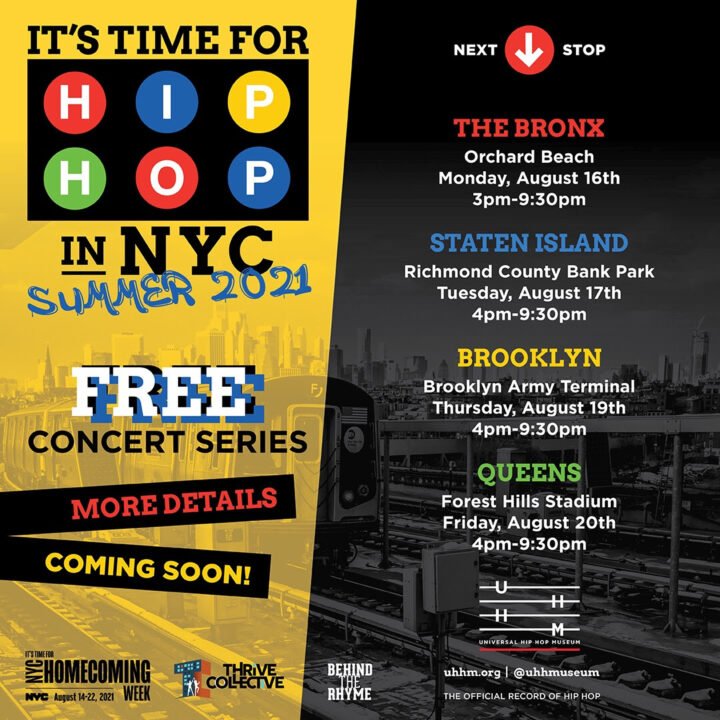
Mayor Bill de Blasio and Universal Hip Hop Museum (UHHM) Executive Director and President Rocky Bucano today announced with Bronx Borough President Ruben Diaz Jr. and New York State Assembly Speaker Carl E. Heastie the dynamic lineup of Hip Hop, Latin freestyle, dance, freestyle, techno, and funk artists set to perform at the “It’s Time for Hip Hop in NYC” concerts to be held […]

At least eleven people are dead after a building collapse in Surfside, FL. Rescue operations continue. A condominium partially collapsed in South Florida on June 24, at 1:20 AM. At least half of the 135 units in the 13-story building have collapsed, according to the Miami-Dade mayor Danielle Levine Cava. The Champlain Towers South building was […]

Eric Adams Refuses Pledge to Protect NYC Term Limits If Eric Adams is elected New York City’s next Mayor, the city’s beloved 8-year term limits law could soon be out the door. Adams is the only major candidate who has refused to pledge to protect the existing 8-year term limit for mayor and city council. […]
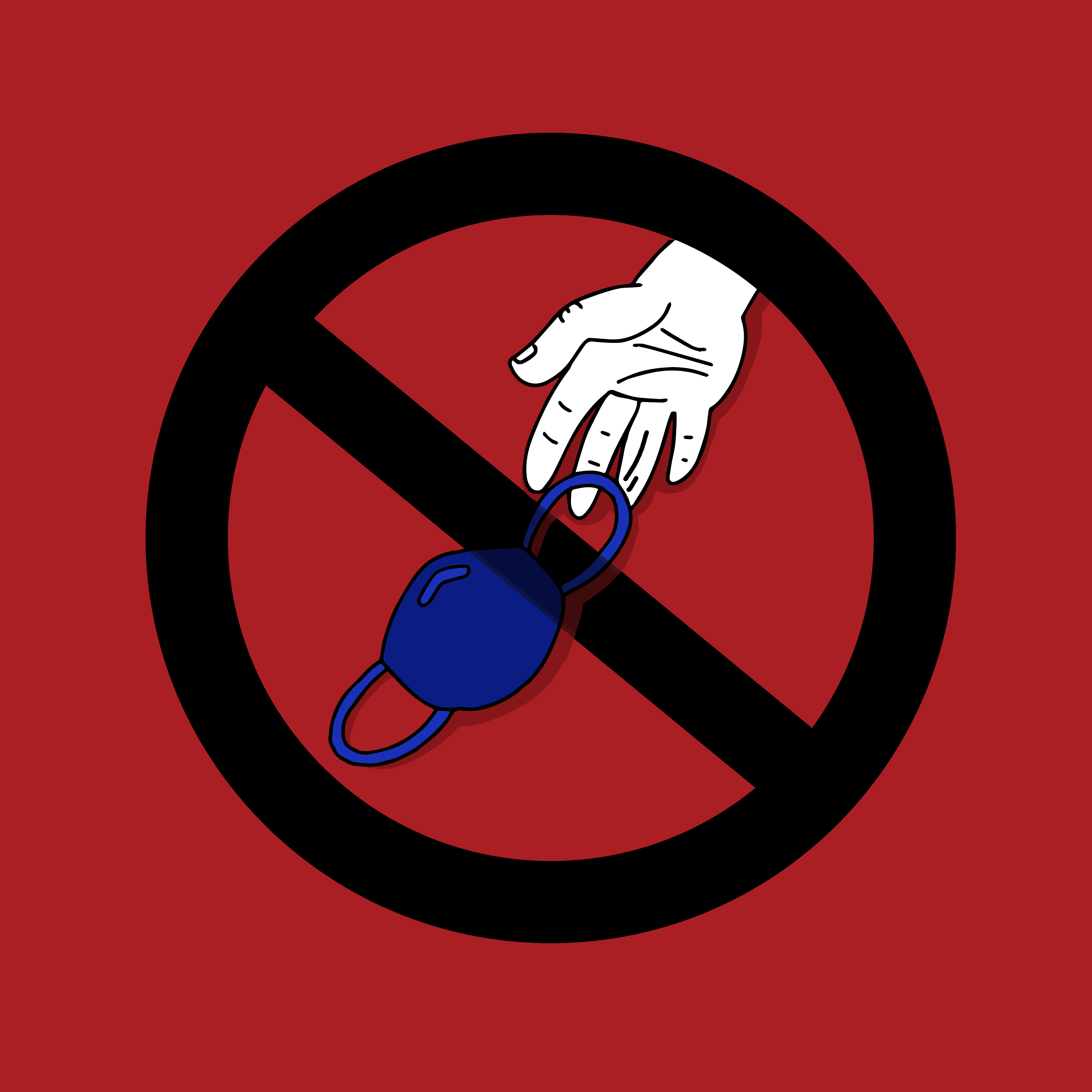
By: Matthew Anthenelli VAX Force is a team of all-black women from Springfield, Massachusetts who are bringing vaccine awareness and accessibility to their community. Beginning earlier this spring, the COVID-19 vaccination began its rollout to non-essential workers all across the globe. Whether it be from misinformation or lack of access, many people both in the […]
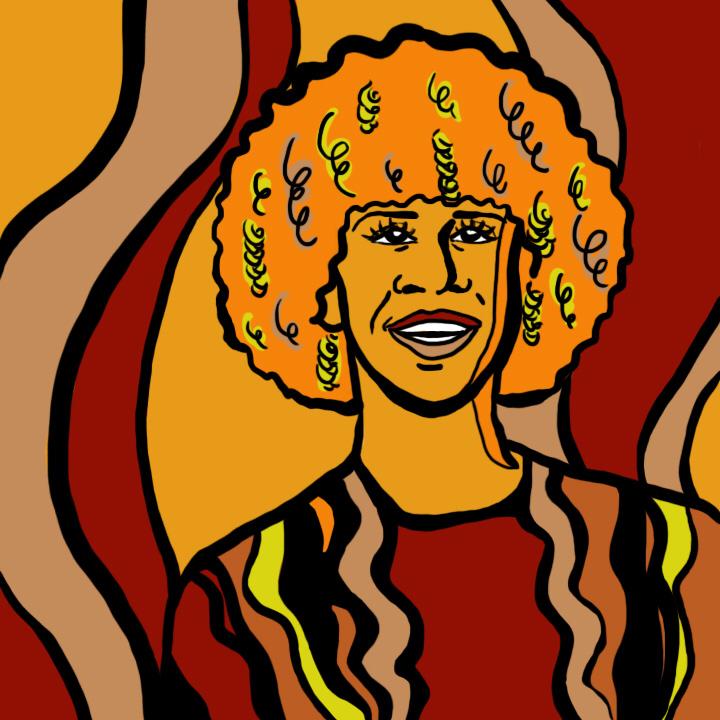
As of late, one of our team members had the opportunity to sit down with New York City mayoral candidate Dianne Morales for an interview. After eight years under Mayor Bill de Blasio, New York City will see someone new in the position in 2021, and Morales, a member of the Democratic Party, is jumping […]

By Eamonn Burke Last month, 65 people were shot in New York City and 87 in Chicago over the course of the 4th of July weekend. Six children were killed that weekend as well. The holiday may have been a peak in homicides, but numbers of shootings and deaths have been trending upward as the […]

By Eamonn Burke While the better half of the country is riddled with a massive spike in coronavirus cases, New York City is in the fourth and final phase of reopening, an achievement that governor Andrew Cuomo calls a “hallmark.” Phase 4 means that sports can resume, as can the entertainment industry. Venues like zoos […]

Today, Larry Klayman, the founder of Judicial Watch and Freedom Watch, and the current chairman and general counsel of the latter, announced the filing of suit against the The Plainview Project, Mayor Jim Kenney, Soros financed District Attorney Larry Krasner and the former and current Philadelphia Police Commissioners Richard Roth and Danielle Outlaw. The complaint, […]
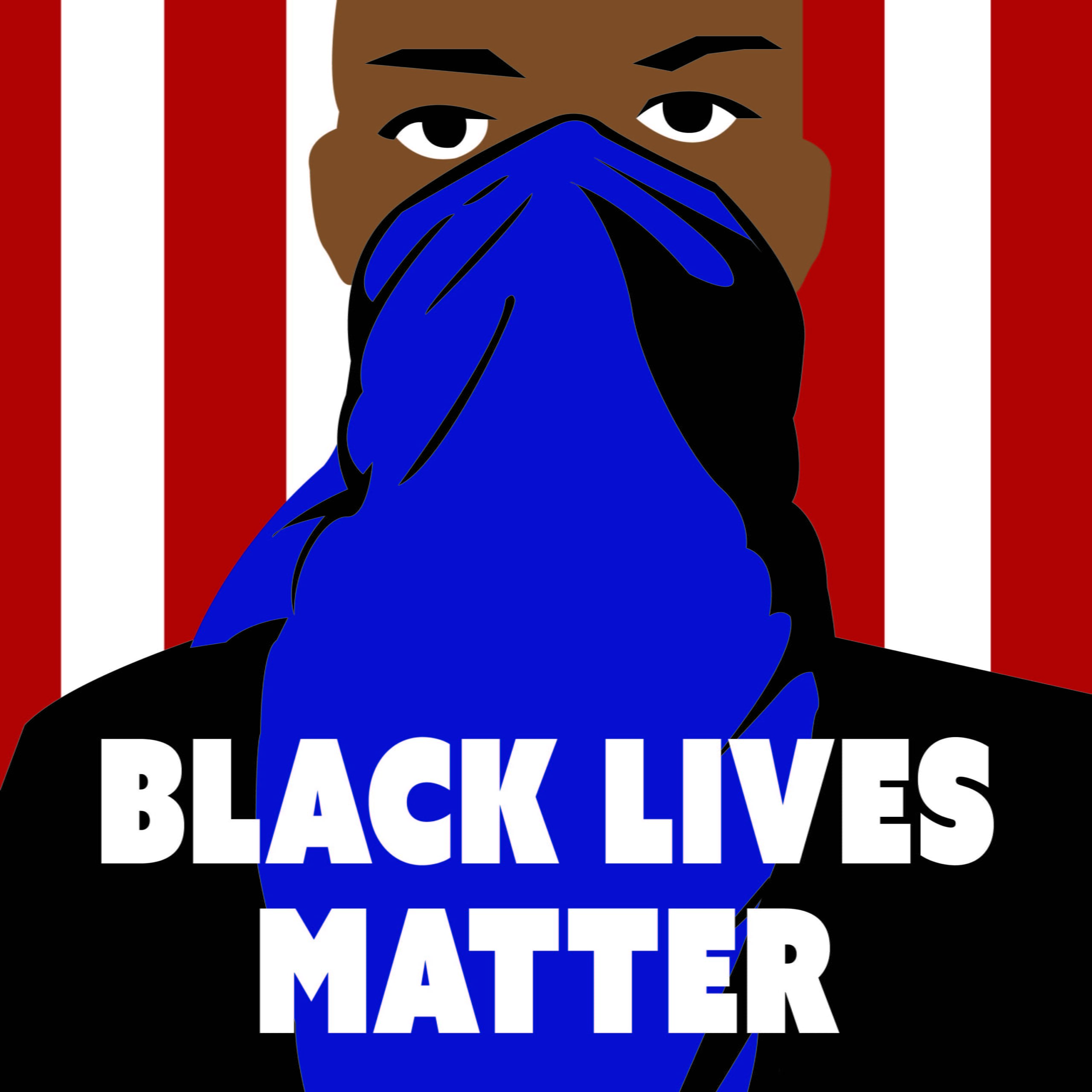
By Eamonn Burke Two women have been arrested in connection with vandalization of the Black Lives Matter mural outside the Trump Tower, the second time in the last 24 hours and the third time in the last week. The women smeared black paint on a newly painted yellow mural after it was attacked on Friday, […]